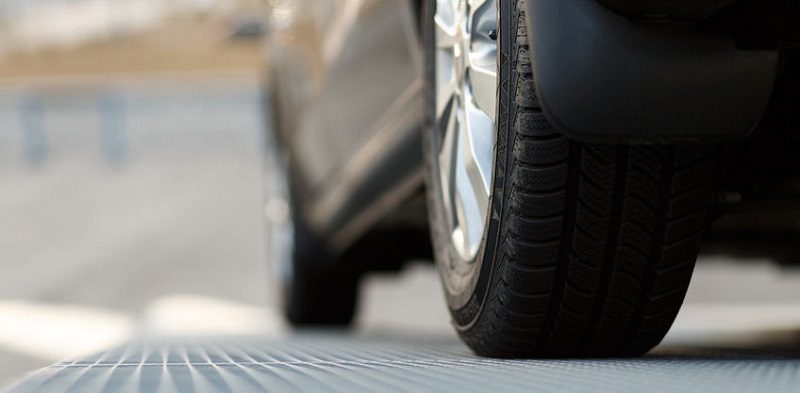In 2015, 200 people were killed, and more than 19,000 were injured in car accidents involving vehicles that had worn or damaged tires.
Check Your Vehicle Tires Regularly to Ensure Safety During Inclement Weather
While most of the country continues to enjoy warm temperatures, parts of Colorado are already starting to see snow. Yes, the calendar may say it’s autumn, but here in the Centennial State, it’s already winter in some parts and now is a good time to check your vehicle tires to ensure you are prepared if you live in an area that expects a lot of snowfall.
Tracking Tire-Related Car Accidents
According to the National Highway Traffic Safety Administration (NHTSA) and the Department of Transportation (DOT), 11,000 tire-related crashes are reported each year. In 2015, 200 people were killed in those accidents, while more than 19,000 were injured.
In 2013, the agencies launched a campaign called TireWise to educate drivers on the dangers of aging tires, or worse yet, having the wrong tires on your car for your geographic location. As noted on a national insurance company’s website, “All tires are not created equal — they’re designed for different road and weather conditions. Know what’s on your car before you head out this winter.”
So, what is the best tire for your vehicle? That all depends on where you live and where you plan on driving during the winter months. There are four categories of tires available:
- All-season tires – these are good for a variety of road conditions, including some mud and snow conditions.
- Winter tires – these tires are better than all-season tires if you drive in deep snow.
- Summer tires – these are obviously used in warm-weather states where temperatures don’t drop below freezing, and there is no chance of ice or snow.
- All-terrain tires – these are mainly used on four-wheel-drive vehicles and are good for on-road as well as off-road driving.
Ensuring Proper Tire Maintenance
No matter which tire you use, you must do everything possible to keep them in good shape. Poor maintenance can lead to flat tires or blowouts. Just a few months ago in Denver, authorities say a fiery tanker crash on I-25 was due to a blown tire. Thankfully, the driver was rescued, and no other injuries were reported; the fallout from the crash caused the interstate to close overnight.
Auto experts will tell you that tire maintenance is vital to keeping you, your passengers, and others on the road safe. Safety tips that should be followed by vehicle owners when it comes to tire safety include:
- Ensure your tires are properly inflated. Check the tire pressure on all four tires and your spare at least once a month, and do so after the car has sat idle for at least three hours. You need to check your tires when they get “cold,” meaning the tire temperate has cooled after driving. If you are not sure of the proper tire pressure, you can find the information on the inside of the driver’s side door.
- Check your tire tread at least once a month. The tread is what keeps your vehicle from sliding on the road. Insert a penny with Lincoln’s head upside down and facing you into the tire’s tread groove. If you can see the top of Lincoln’s head, you need to replace your tires.
- Keep your tires balanced and aligned and properly rotate them. Your owner’s manual will give you specific information on how and when to do this.
Utilizing Government-Implemented Programs
In 2014, the Colorado Department of Transportation launched a tire safety program called “Operation TireSafe.” That year, officials said that on a single day during the winter, 86 percent of the vehicles in Colorado auto accidents that day had worn out tires. While officials do their part to get the message to drivers, you, the driver, must get into the habit of checking your tires. Now that the weather is changing, it’s especially important; Coloradoans have months of ice and snow to contend with; properly secure tires will save lives.

